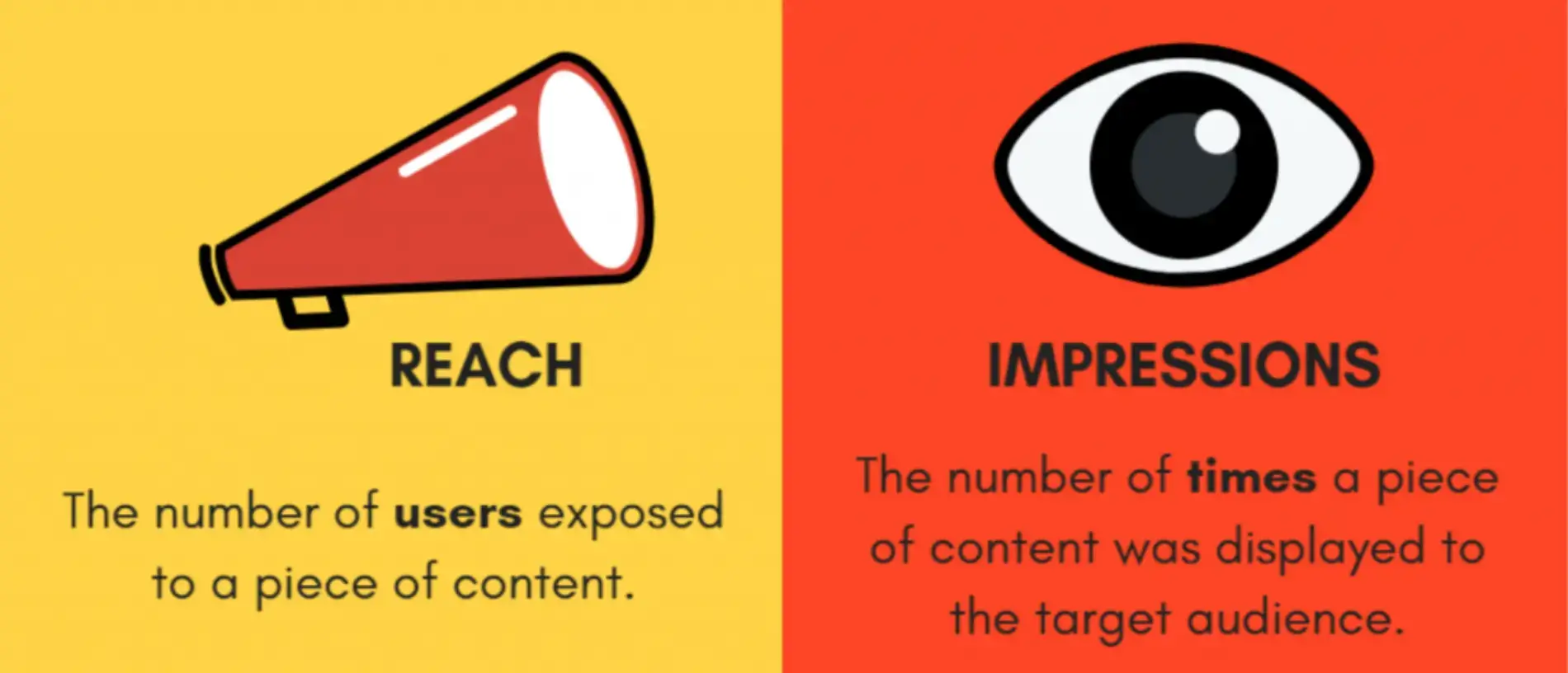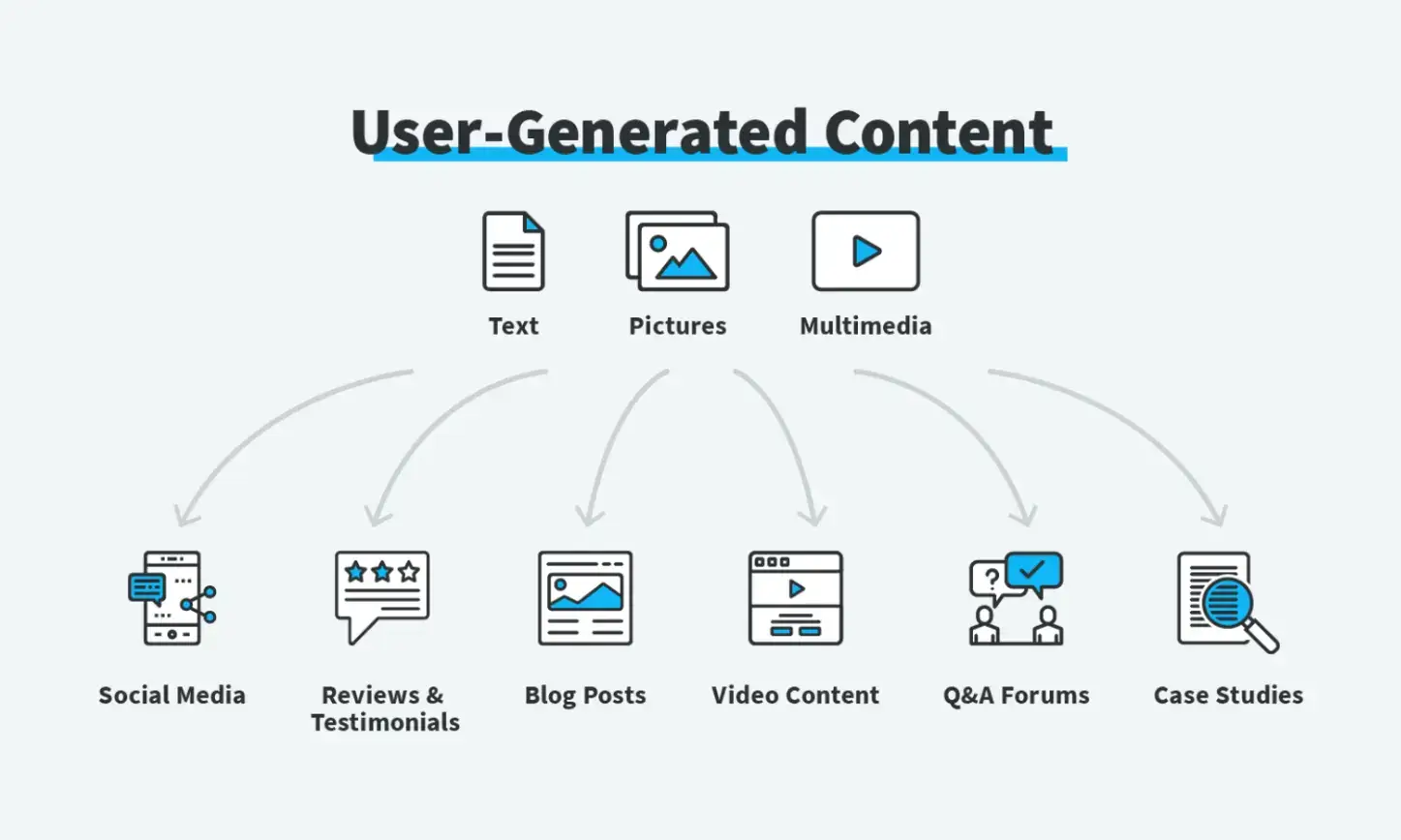It’s good that we live in a social media-driven world nowadays, as this opens a whole new world of opportunities for business leaders, marketers, and web designers.
Experienced web designers and marketers understand that social media (marketing) and websites share a powerful bond and, when combined, can create a seamless experience for customers across the web.
This is an opportunity to attract new customers, boost SEO, enhance the look and feel of the website, and of course, bring old customers back for those repeat purchases.
Bringing people over from social media to your website can be a straightforward process, but integrating social media into your website is all about creating a social-first strategy for your business.
Article Shortcuts:
- Integrate a Social Media Review Widget
- Showcase Mentions from LinkedIn
- Create a Social Wall
- Follow Social KPIs to Choose the Best Posts
- Leverage Branded Hashtags for Your Site
- Use User-Generated Content to Build Social Proof
- Combine CTAs with Social Buttons
A social-first strategy means using social media integration in small business web design and other aspects of your business to drive traffic from socials as well as lead people to your social channels.
It’s a positive feedback loop that boosts your brand across the web. Let’s explore this further and talk about the best ways you can integrate social media with your website.

Integrate a Social Media Review Widget
Starting with one of the best and easiest integrations you can make, let’s talk about review widgets.
In recent years, social selling, advertising, content creation, and clout-building for brands have made leaving reviews on social media platforms much more accessible.
People are spending time on social networks now more than ever before, and oftentimes, they’re not going to leave their platform of choice to post a review somewhere else.
If prompted, they’ll gladly leave a review right then and there, which is a great opportunity for brands to collect vast amounts of reviews seamlessly through social strategies.
It’s also a great opportunity to capture important data with various survey tools so that you can turn them into engaging content and use it for strategic, data-driven decision making.
The problem is when those reviews, comments, and user-generated content (more on that in a bit) become stuck on social media.
You want all of that positive feedback to live on your website as well, so integrating a social media feed is a no-brainer.
For instance, using a Facebook review widget can help seamlessly display user feedback on your site, boosting trust and engagement with potential customers.
The great thing about this is that you can create a carousel format that rotates between review platforms like Google, Facebook, Trustpilot, Yelp, and more.
Showcase Mentions from LinkedIn
There’s a big difference between professional and non-professional social platforms. Non-professional is considered anything with an entertainment focus–everything from Instagram to TikTok and beyond.
On the other hand, you have platforms like LinkedIn, which are professional networks, aimed at expanding professional circles, connecting business people, and making deals happen.
It should go without saying that integrating LinkedIn with your website in some form should be a priority.

This is because LinkedIn allows brands to connect with prospects, partners, and the broader online community to build their reputation, reach, authority, and more in the business world.
It also helps with social proof and outreach on the platform itself, when prospects go to your website to do their research.
This, in turn, allows you to use LinkedIn automation much more effectively and maximize the potential of every person you reach out to on the platform.
The key here is to showcase the most notable brand mentions you had on LinkedIn from other industry experts and authority figures, to build social proof and establish yourself as a trusted brand in the industry.
You can even collaborate with LinkedIn influencers to create these posts on their profiles, which you can then share, comment on, and showcase on your website.
Create a Social Wall

A social media wall is a live representation of your social feeds on your website’s homepage.
It filters and gathers posts, comments, interactions, user-generated content (UGC), and other content from your selected social channels to create an engaging social wall for your website visitors.
This has undoubtedly become one of the more popular ways to integrate social media into websites and other business processes in recent years because it involves a live feed.
It’s also a great way to capitalize on, disseminate, and engage people with your videos, which are the most popular type of content.
Using the right video platform to create and publish videos across your social channels regularly is an important tool in your social strategy. However, combining it with a social wall will take your investment to the next level.
To further enhance this strategy, consider utilizing Social Media Templates to ensure a consistent and professional look across all posts and videos.
This is because the social media wall is actively displaying all of this in real time, as your social feeds populate across multiple platforms.
You can monitor your most engaging videos and other posts and how people interact with your content in general.
Utilizing a dynamic QR code allows you to track user engagement with your digital content in real time. This tool provides insights into user behaviors, helping you refine your social media strategies and improve content engagement.
By analyzing the data from dynamic QR codes, you can tailor your content specifically for different social media sites, optimizing engagement across platforms and enhancing user experience.
The key is to integrate a social wall that stylistically adheres to your brand’s identity across the board.
This ensures consistency and works well with the rest of the design, creating a familiar and seamless experience for the visitor. It’s very easy to do with POWR’s social media feed app.
Be sure to customize the wall to fit your brand style guidelines and colors, and to prioritize the feeds and content that matter most to your strategy, KPIs, and current goals.
Follow Social KPIs to Choose the Best Posts
In digital marketing, which encompasses all website activities, setting and monitoring the right key performance indicators is one of the most important elements of success.
There are many KPIs that you should be tracking in general, across all your marketing strategies and campaigns, that are a topic for another time.

Right now, we need to focus on social media and website KPIs that will work together to help you choose the best social content and elements to display on your website.
Consider an important KPI like social mentions as a way to monitor the conversation around your brand on social media, which will allow you to showcase the best mentions on your site.
Other KPIs can include:
- Social likes
- Social followers
- Social media conversion
- Traffic sources
- Social ads conversions
All of these KPIs will inform the social integration strategy for your site, and complemented with other general KPIs can inform your entire digital marketing approach.
Leverage Branded Hashtags for Your Site
Including a branded hashtag feed is another great way to showcase all the great posts across the social media realm that use your hashtags.
Of course, these can include your own posts as well as those made by your influencers, followers, and customers.
The first step is to create a branded hashtag strategy and invest in hashtag campaigns and dissemination across the social media world.
It will take some time, but popularizing your branded hashtags will go a long way in achieving higher brand visibility, awareness, and trust in the community.
Once people start using your branded hashtags more, you will then have a ton of user-generated content to pull from social media into dedicated website feeds.
One of the most popular options is the Instagram hashtag feed. On this platform, people use hashtags most often to promote products and businesses and find new brands and content.
This leads us to the next important point.
Use User-Generated Content to Build Social Proof
User-generated content comes in many types and formats, and you should use all of them to fuel your digital marketing campaigns, not just social media or website promotion.
Here are some UGC types to keep in mind:

UGC in general is a powerful tool in any marketer’s arsenal, and when it comes to social media specifically, you have the opportunity to include a variety of engaging content formats.
This is all about building social proof for your brand, and there’s no better way to do that than to showcase your happy customers and followers on your site.
Remember that good UGC can also help you build a better website user experience, as well as leverage that content to build a branded app that people will love.
To achieve that synergy, consider partnering with a specialized app design company that will create an app icon and a user-friendly interface that boosts engagement, retention, and customer interactions.
Their expertise in creating visually appealing and user-friendly interfaces can design your website into a dynamic hub that effortlessly connects with your audience across various social media platforms.
From reviews to opinion posts, all the way to people using your products or just talking about their experience with your company, it all serves the purpose of boosting your brand.
That said, it’s important to remember that some content types are more powerful than others.
Video content is the most popular content format in the online world, so make sure to prioritize video-based UGC, whether they are reviews, promotions, shout-outs, product use videos, and more.
Combine CTAs with Social Buttons
Lastly, you must always use social buttons in your website’s design, on every page - but you need to do it strategically.
Just like you’d use social media to drive traffic to your website with visuals and compelling copy, you should use social buttons to drive traffic to your accounts.
These buttons can be so much more than just icons linking to different platforms when you combine them with the right calls to action and some complementary content.
Think of how you’d approach getting people to sign up for your newsletter. You wouldn't just create a popup with a sign-up field. Instead, you would create a call to action and use written content to explain the value of the newsletter and set high expectations that would prompt the user to sign up.
The same should apply to your social links. Give people a reason to click on those buttons, but also to hit the subscribe button or to follow you once they land on your social account.
That journey starts on your site, so before they click, you want them to see some value-driven and inspirational messaging.
Over to You
Modern websites are increasingly taking on a social role on the web to adapt to changing customer trends and a rising need to boost engagement with modern audiences.
Because social channels are such powerful marketing, brand-building, and sales tools, integrating social media into your website is one of the best ways to take your online presence forward in 2024 and beyond.
Be sure to use these tips to create a social-first approach to your web design strategy and capitalize on the customers’ need for a seamless transition between social channels and websites.


